-
chevron_right
TV Show Release Group CAKES Quits The Scene & Shuts Down
news.movim.eu / TorrentFreak · Monday, 12 June, 2023 - 19:50 · 3 minutes
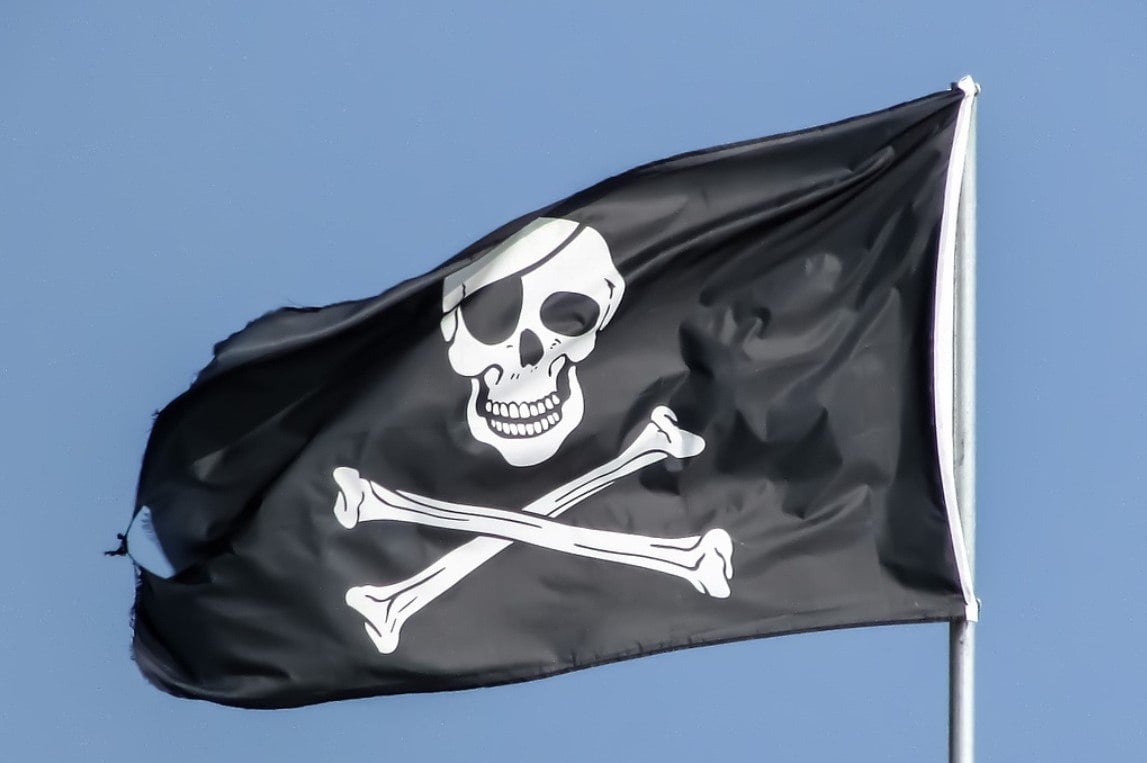 For several decades, The Scene has been the main source of all pirated content made available on the Internet.
For several decades, The Scene has been the main source of all pirated content made available on the Internet.
Technically, release groups operate in a closed ecosystem, but the reality is different. The vast majority of the files published on private Scene servers eventually find their way to public pirate sites.
The secretive nature of The Scene has been a major challenge for law enforcement but in the summer of 2020, the US Department of Justice made a major breakthrough . Following a thorough investigation, three members of the illustrious SPARKS group were indicted .
The Rose That Grew from Concrete
The raids and the criminal investigation sent shockwaves around The Scene. Some groups stopped releasing entirely and others significantly slowed down their output , which was felt in many parts of the public piracy ecosystem too.
Amid this turmoil, a new TV release group going by the name of CAKES emerged. The group published its first release “The 100 S07E16” on October 1, 2020, and many more would follow.
During the next few years, CAKES built its reputation as a steady release group, one that eventually covered 7,000 titles. That’s an impressive average of more than 50 new releases per week.
Aside from the massive output, CAKES was also known for including four lines from Drake’s track “ Pound Cake ” in its release notes. These same lines are also at the start of its farewell message.
Overly focused, it’s far from the time to rest now
Debates growin’ ’bout who they think is the best now
Took a while, got the jokers out of the deck now
I’m holdin’ all the cards and dudes wanna play chess now
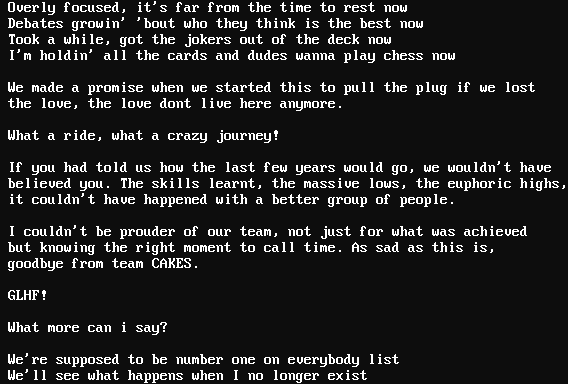
Do For Love
The message explains that when CAKES started out, the team made an internal promise to pull the plug when “the love” is gone. Without going into further details, that time has apparently arrived.
While some people may be disappointed with this decision, CAKES has clearly made up its mind. The group prefers to highlight the achievements and experiences instead, referring to the past few years as a “crazy journey.”
“If you had told us how the last few years would go, we wouldn’t have believed you. The skills learnt, the massive lows, the euphoric highs, it couldn’t have happened with a better group of people.”
“I couldn’t be prouder of our team, not just for what was achieved but knowing the right moment to call time. As sad as this is, goodbye from team CAKES,” the group adds.
GLHF!
While the notice doesn’t spell it out, CAKES is likely not the only group to shut down. There seems to be a connection with another group, GLHF, which is also mentioned in the farewell message.
GLHF stopped releasing new titles over a week ago, which is highly atypical. The group originally started in December 2020, shortly after CAKES became active, and has released more than 6,500 titles since.
With CAKES and potentially GLHF affected, two steady suppliers of TV releases have disappeared. This doesn’t mean that all piracy will end; other groups typically appear, just like CAKES did earlier.
Or could there be more going on behind the scenes, perhaps?
CAKES ends its farewell with a final musical reference that is quite fitting, considering all the drama and uncertainty. The quote from Jay Z’s track “ What More Can I Say ” leaves plenty of room for interpretation.
We’re supposed to be number one on everybody list
We’ll see what happens when I no longer exist
From: TF , for the latest news on copyright battles, piracy and more.

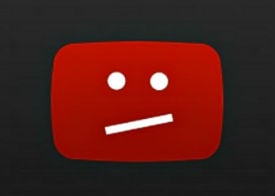
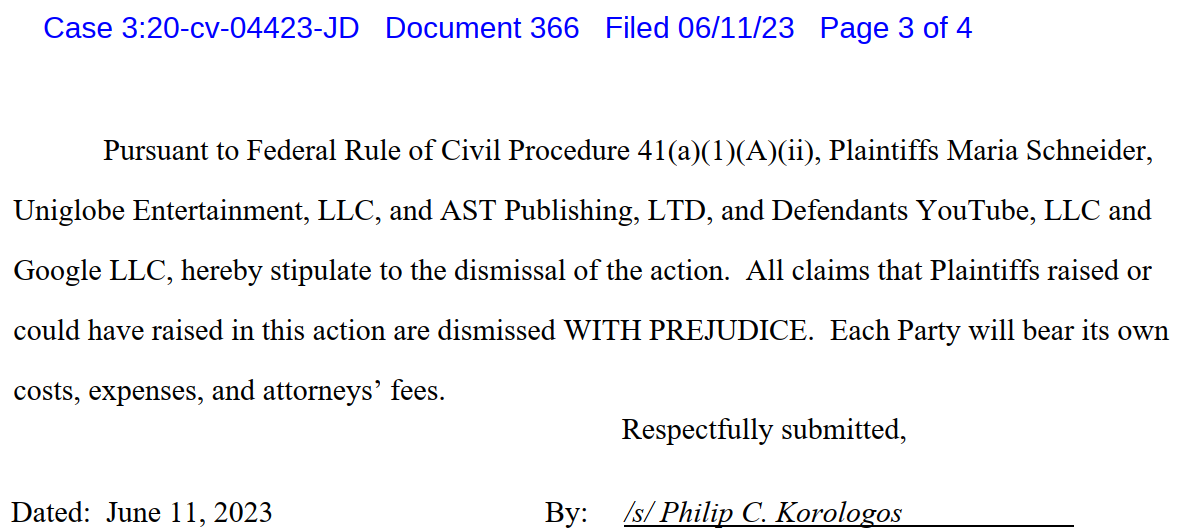






 Under US copyright law, Internet providers must terminate the accounts of repeat infringers “in appropriate circumstances.”
Under US copyright law, Internet providers must terminate the accounts of repeat infringers “in appropriate circumstances.”
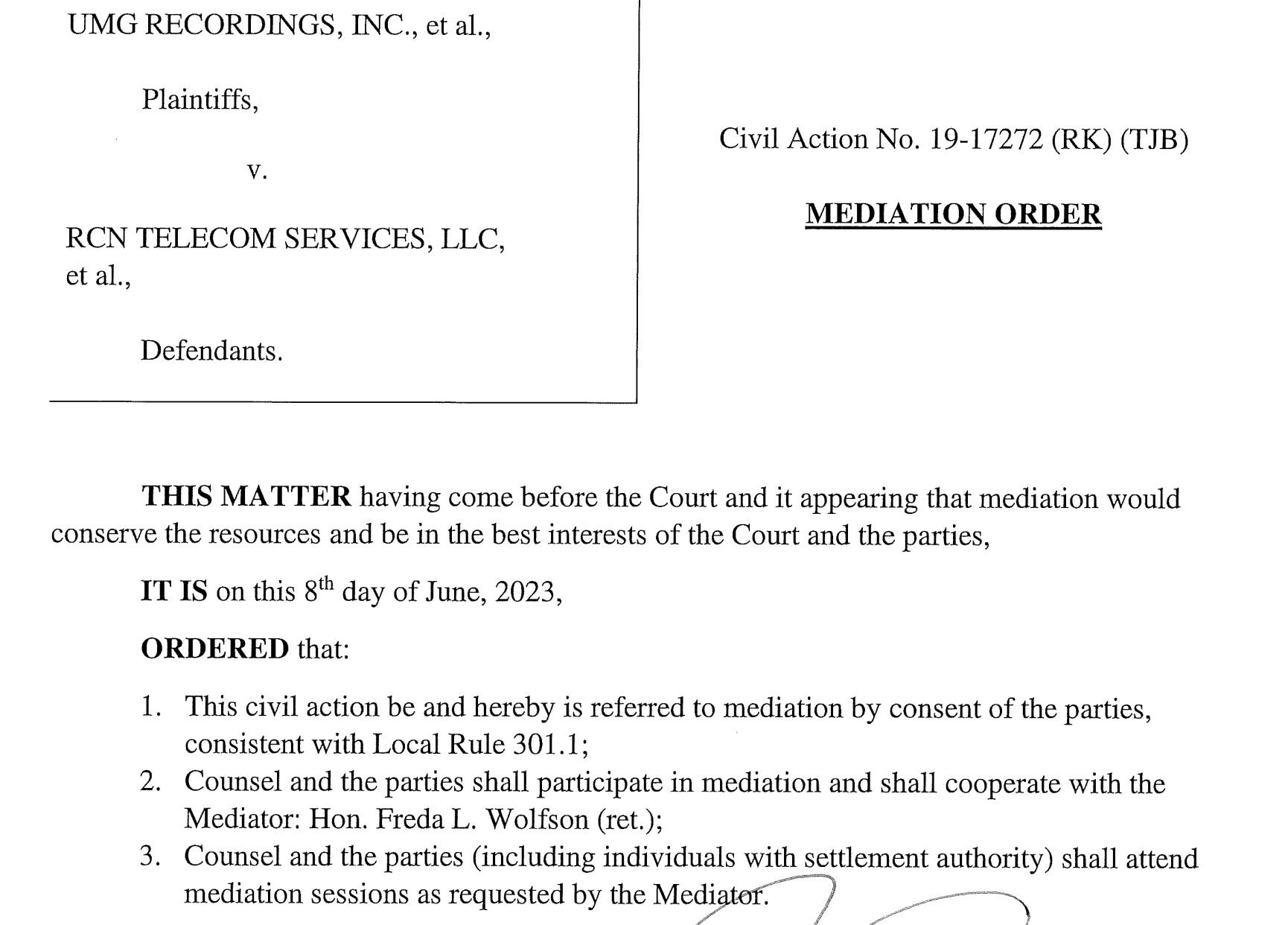

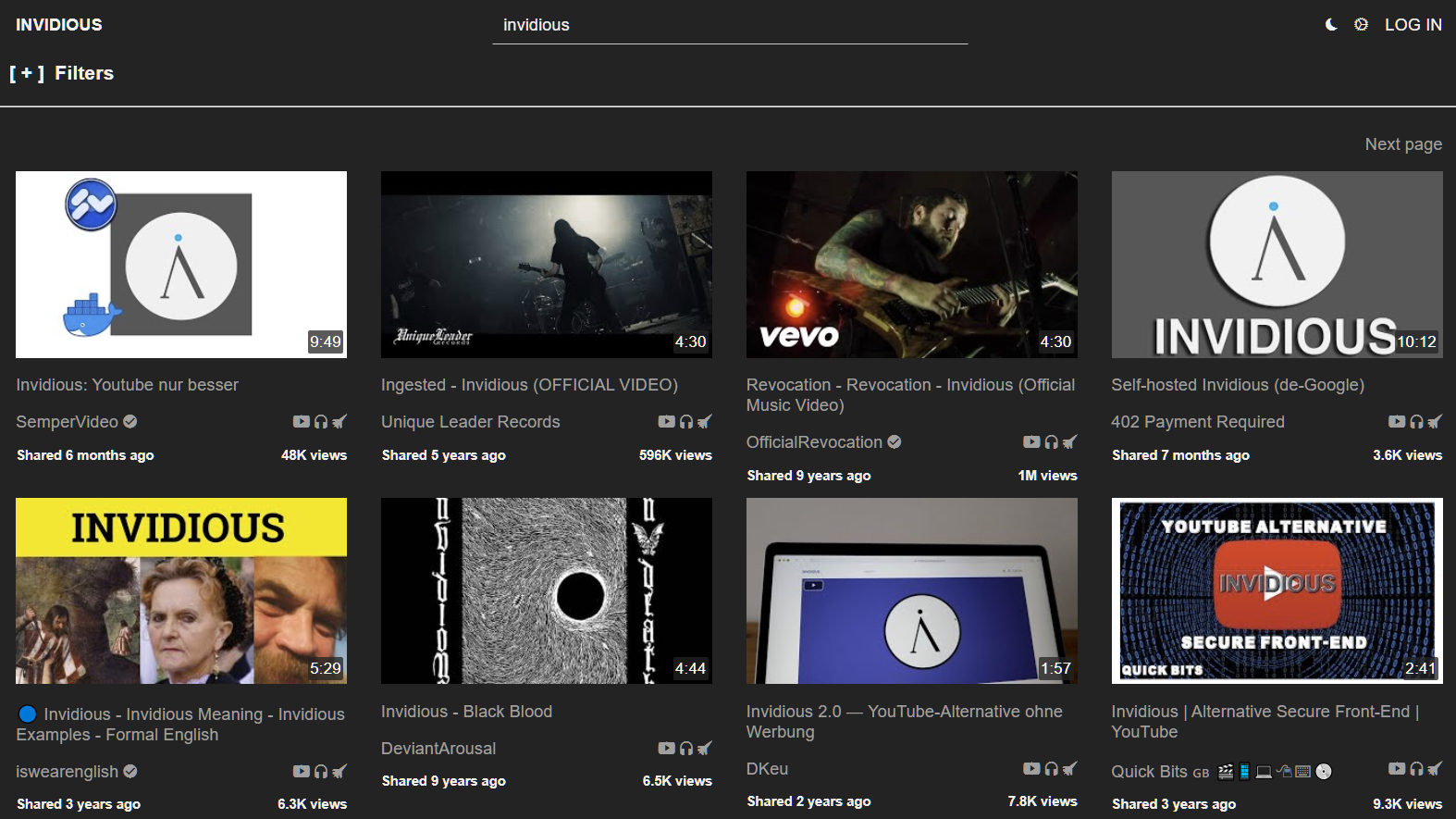
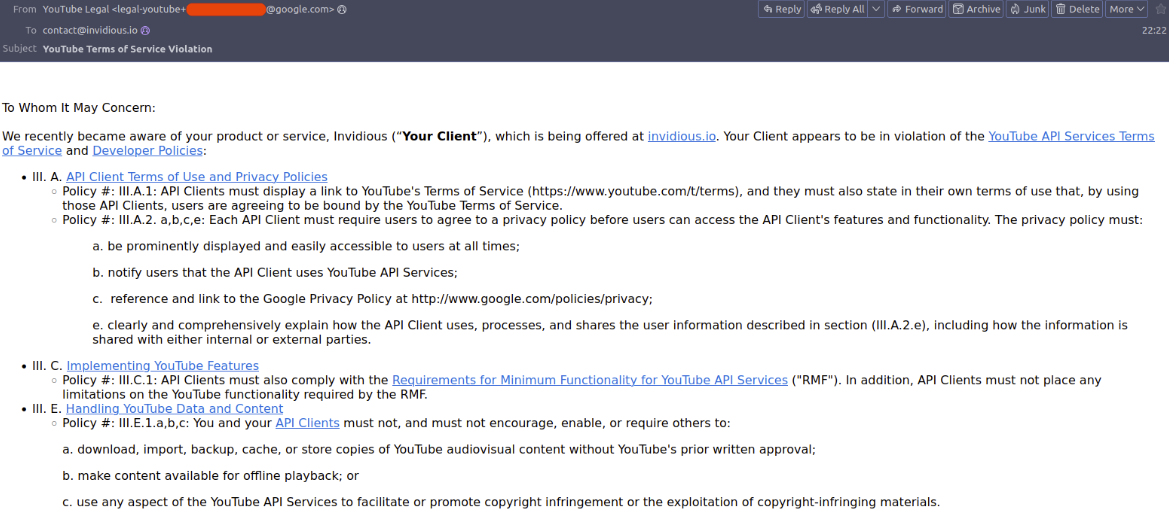
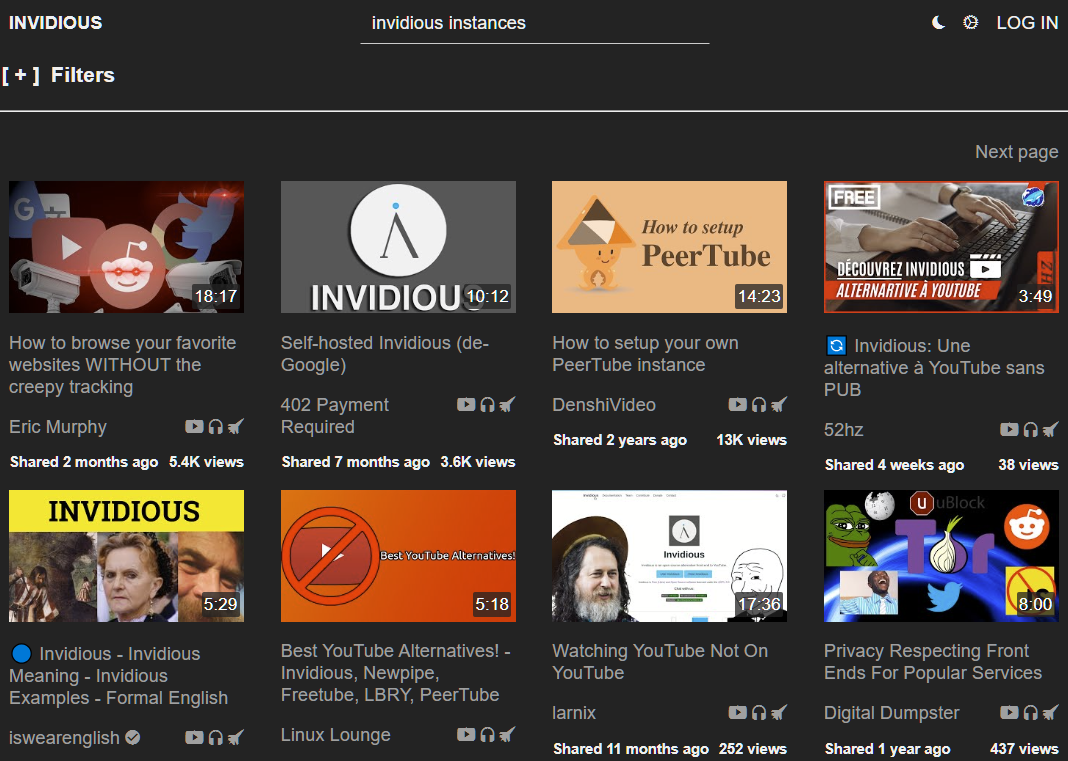

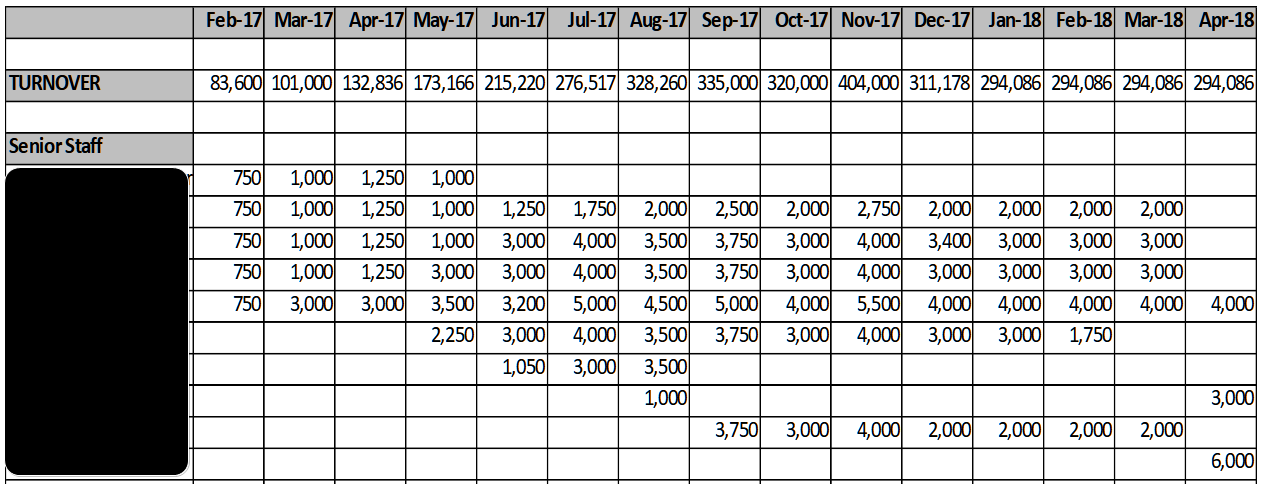
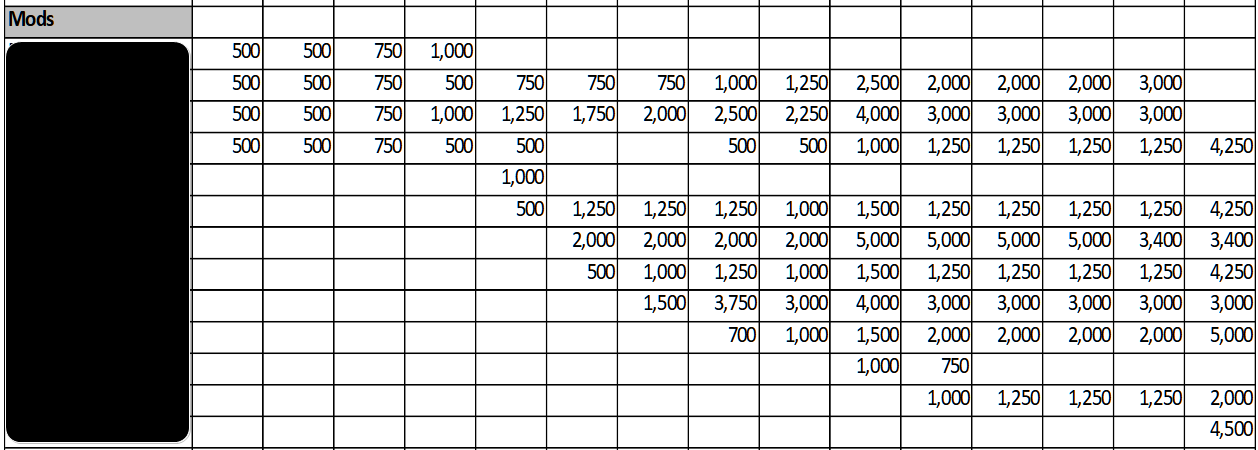


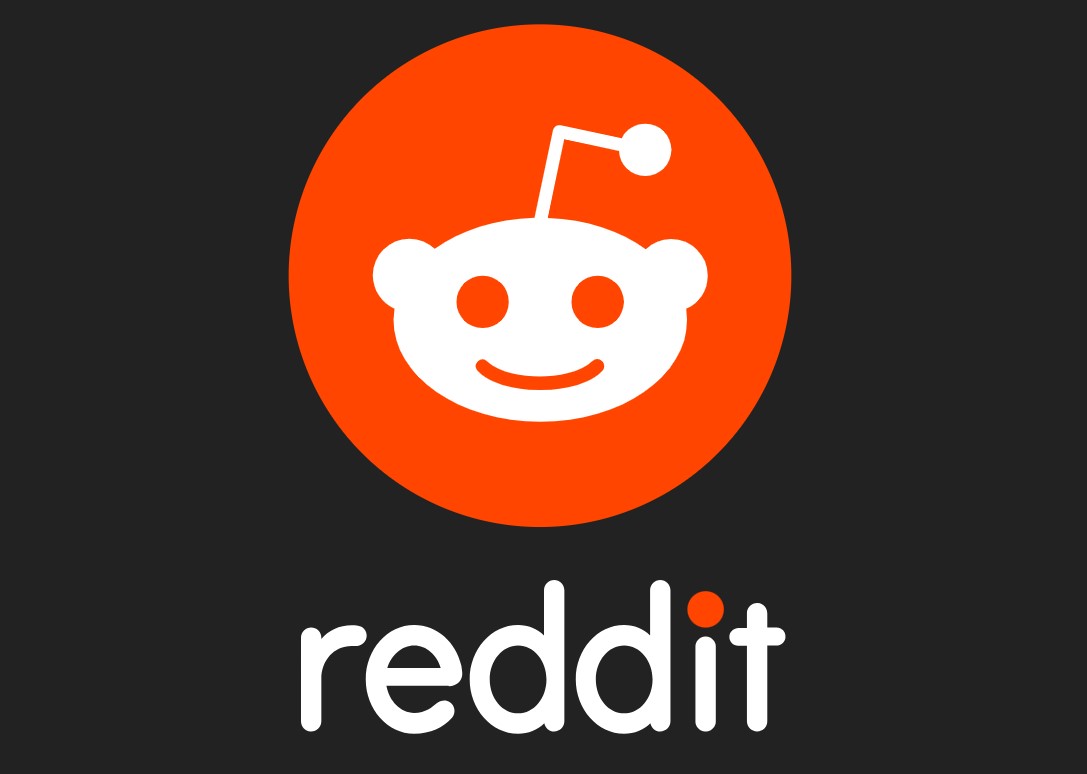 Every day, millions of people from all over the world submit posts, comments, and other content to Reddit.
Every day, millions of people from all over the world submit posts, comments, and other content to Reddit.
